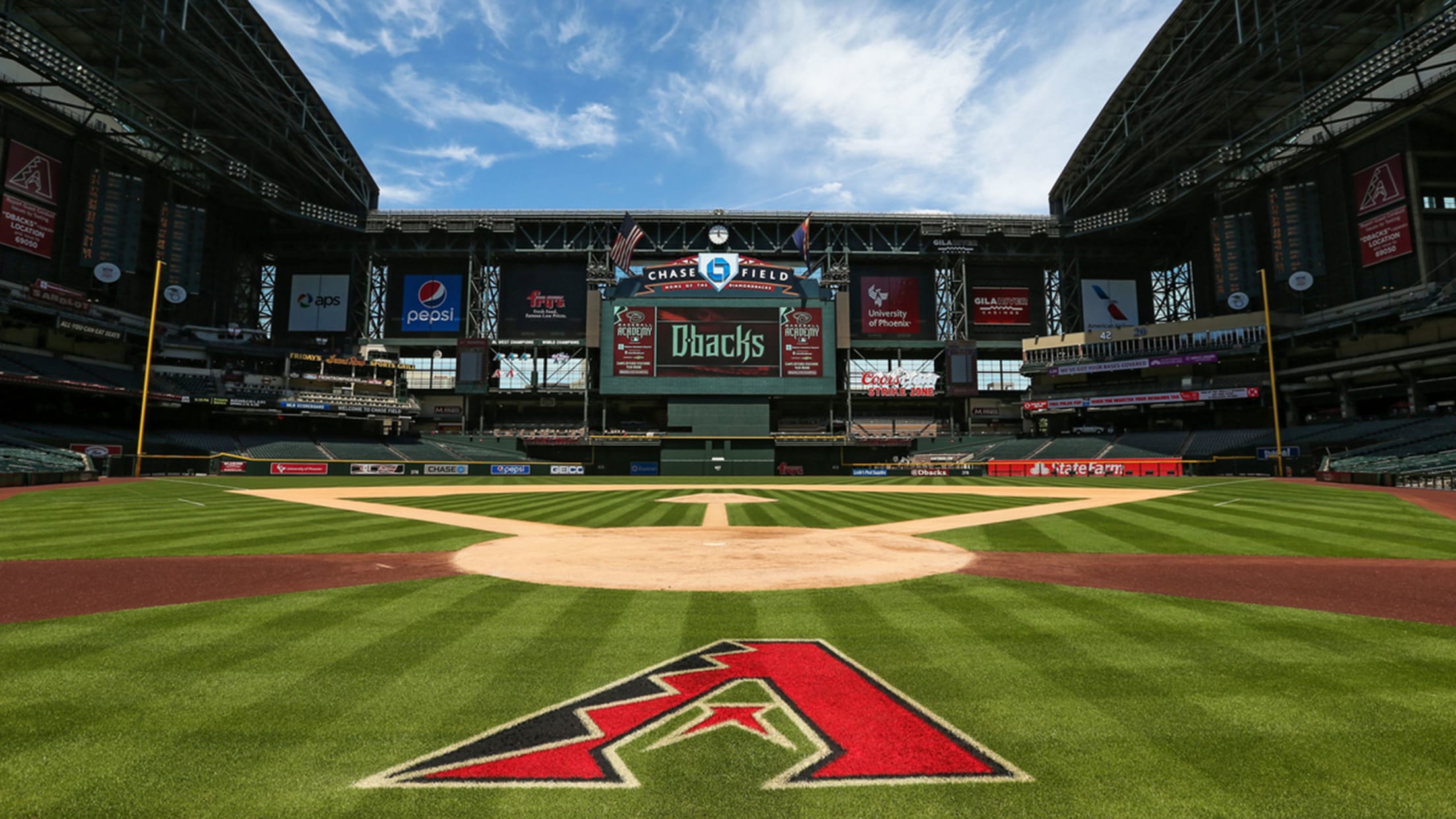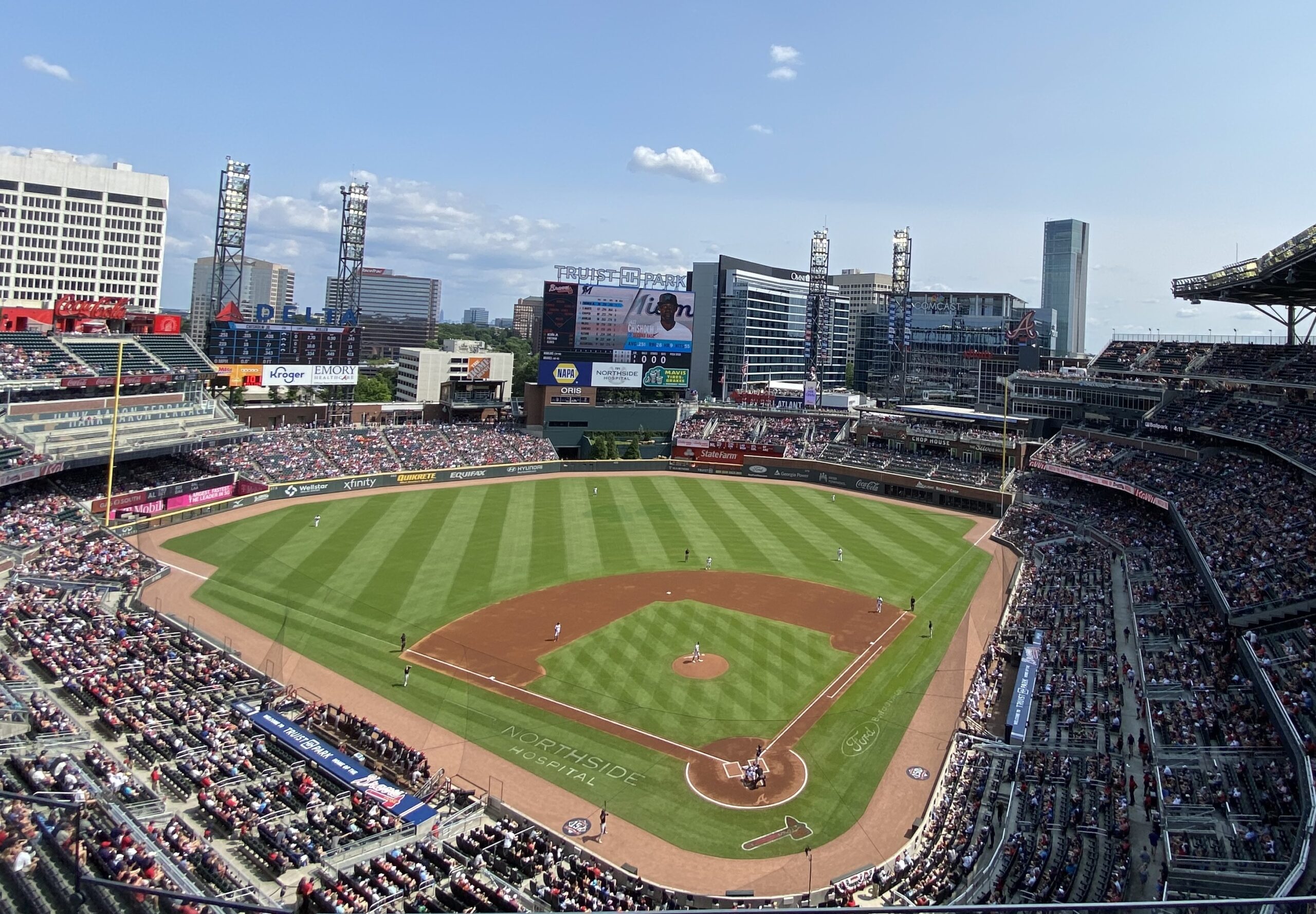How Weather Affects Home Runs in MLB Ballparks
By Jack Bach

What weather factors influence why some ballparks have more home runs hit in them?
Temperature: Temperature as well plays a role in the density of the air. When it gets hotter, gasses expand and spread out more, making the air less dense. Scientists say, “For a ball hit at the typical home run speed and trajectory, a 10 degree [Fahrenheit] change in temperature is worth about a little over three feet in distance." This may not seem like a whole lot, but it adds up over the course of a season.
Wind Speed: High wind speeds have the power to push baseballs out of the park forcefully. They provide extra force onto the ball and can help give the ball many extra feet to carry it out. Of course, the wind has to be going out, not blowing in.
Humidity: As air becomes more humid, it holds more water molecules. That gaseous water vapor is really light, and it displaces heavier gasses like nitrogen and oxygen. This also makes the air less dense, and can allow the ball to travel a little further on a humid game (Boddy 2018).

How does altitude effect the amount of home runs hit in MLB ballparks?
Altitude is another factor for home runs being hit in the MLB. The higher you get in the sky, the denser the air becomes, allowing the ball to travel and carry more. It is common to see the ballparks with the highest altitude lead the league in home runs. Specifically, Coors Field (pictured) located in Denver, Colorado, also known as "The Mile High City." Since air pressure varies inversely with altitude, baseballs will always travel further at higher altitudes. Altitude makes a huge difference at Coors Field in Denver, explaining why so many home runs are hit there. However, once you get to below 1,000 feet above sea level, the difference in home runs per ballpark based on elevation isn't as significant (Bloch et. al 2005).

Heat
Studies show that home runs significantly increase in the MLB as the temperature increases. Batted fly balls in cool temperatures (at most 50°F) travel on average 16 ft less compared to warm temperatures (at least 90°F). Home runs increase from 1.79 per game in cold temperatures to 2.35 per game in warm temperatures (Koch and Panorska 2013).

Heat vs Humidity Swipe
Map 1 (left) - This map depicts the average temperature in Fahrenheit during the summer months. In the areas in red and approaching red, it is showing higher average temperatures. It will be more common to see home runs hit in MLB ballparks due to the effect higher temperatures have. Map 2 (right) - This map depicts the average humidity throughout the United States during the summer months. It is measured on the map by dew point temperature. Similarly to the temperature map, the areas with a higher dew point will be red and closer to red. In these red areas, it will be more common for home runs to be hit due to the effect that humidity has on the ball. Image Attribution: https://ei.marketwatch.com/Multimedia/2020/09/29/Photos/NS/MW-IP670_prism__20200929151403_NS.png?uuid=efd80dfe-0287-11eb-b019-9c8e992d421e
The Ballparks at the Highest Points of Elevation

Coors Field
Being 5,183 feet above sea level, Coors Field has the highest elevation of any MLB ballpark. It is more than 4000 feet higher than the next closest ballpark. This is why so many home runs are hit here.

Chase Field
With an elevation of 1,082 feet above sea level, Chase Field in Phoenix, Arizona has the 2nd highest elevation of any MLB ballparks. While it doesn't have quite the same effect as Coors, it still is a hitter friendly park with a good amount of home runs hit.

Truist Park
With an elevation of 1,050 feet above sea level, Trust Park in Atlanta has the third-highest elevation of any ballpark in the MLB. Truist Park has become a very hitter friendly ballpark due to the elevation and hot and humid conditions (Weber).
Collage
Shown here in this collage is 4 different ballpark weather conditions.
- In the first image on the far right, PNC Park is shown on a hot, humid, and clear weather summer day. These conditions are optimal for home runs to be hit. Image attribution: https://cdn.vox-cdn.com/thumbor/FMlQx_ct_wqIExeJABhQ17ag4-c=/0x0:1280x826/1200x800/filters:focal(532x349:736x553)/cdn.vox-cdn.com/uploads/chorus_image/image/66079222/image00000007.0.jpeg
- In the second image, the Philadelphia Phillies Spring Training stadium is shown on a warm early spring day. These are good conditions to hit a home run, but since it's still early in the Spring and not particular hot or humid, not as good as the first image. Image attribution: https://www.visitstpeteclearwater.com/sites/default/files/styles/large_horizontal_wide/public/2021-03/vspc21_springtraining_header.jpg?h=8cd565e4&itok=U0djGdjH
- The third image shows Coors Field on a cold and rainy night. Due to these poor weather conditions, these conditions are not great for home runs.
- Lastly, Comerica Park is pictured before a game covered in snow and still snowing. It is very cold, and these conditions are not hitter friendly at all. Few home runs are able to be hit in these conditions.